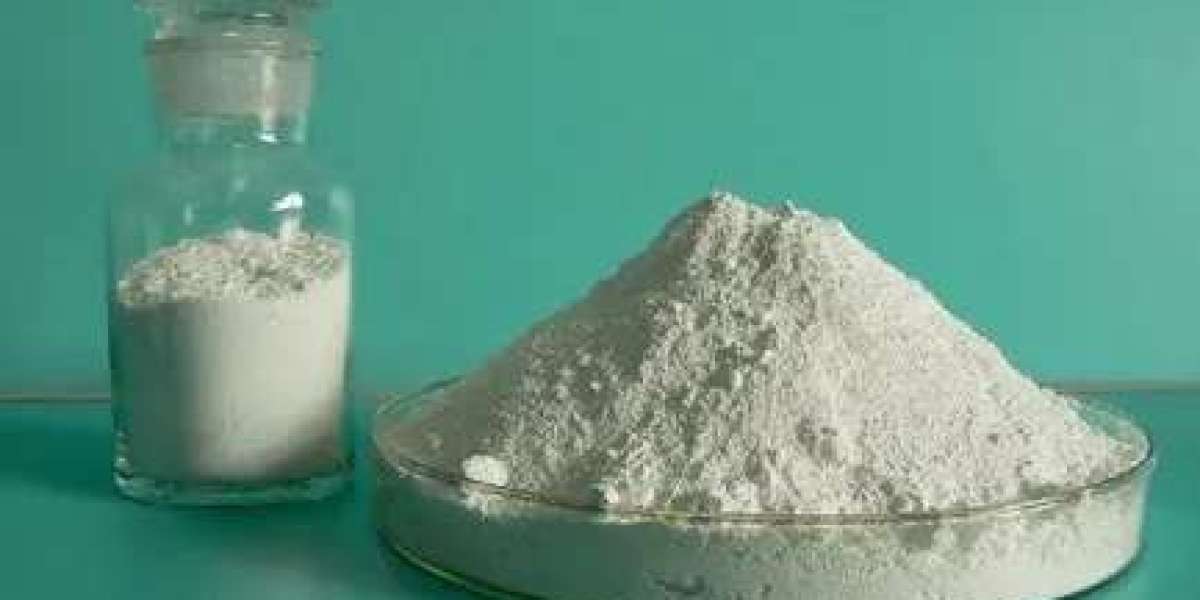Zinc oxide, an inorganic compound, plays a vital role across a variety of industries, including electronics, cosmetics, rubber manufacturing, and even pharmaceuticals. As demand for zinc oxide continues to rise, understanding the cost structures behind its production becomes crucial for market participants. The Zinc Oxide Market, in particular, is highly influenced by key cost drivers such as raw material prices, energy costs, and manufacturing processes. Whether for producers or consumers, awareness of these factors can inform smarter investment decisions and pricing strategies.
Key Components of Zinc Oxide Production Costs
The cost structure of zinc oxide production is multifaceted, influenced by several factors ranging from raw material expenses to energy consumption. Below is an in-depth look at the key cost drivers:
Raw Materials: The principal raw materials used in the production of zinc oxide are zinc ores (sphalerite and zincite) and zinc scrap. The price of zinc ore fluctuates with global market trends, which significantly impacts the cost of producing zinc oxide. In some instances, secondary materials like recycled zinc are used to reduce costs. Zinc’s availability and the price volatility of these raw materials are key contributors to the overall cost structure.
Energy Consumption: Zinc oxide manufacturing processes—such as the French process, the American process, and the wet chemical process—are energy-intensive. The French process, which involves heating zinc metal in air to form zinc oxide vapor, requires significant amounts of energy to maintain high temperatures. Energy costs can thus account for a significant portion of the overall production cost.
Labor Costs: As with most industrial processes, labor costs are a significant contributor to zinc oxide production expenses. Skilled workers are needed for controlling the chemical reactions, operating machinery, and ensuring quality control throughout the production cycle. Labor costs vary by geographical location, with some regions offering lower wages and thus reduced costs of production.
Transportation and Logistics: Zinc oxide plants are typically located in proximity to zinc mining regions, but transportation costs can still add to the final cost structure. Zinc oxide, especially in bulk forms, needs to be carefully transported to end users in the chemical, pharmaceutical, and rubber industries, requiring specialized logistics to maintain quality standards.
Environmental Compliance and Waste Management: Zinc oxide production can generate byproducts, and handling these waste products requires compliance with environmental regulations. Disposal of zinc-rich waste and treatment of air emissions is an added cost that manufacturers must consider. Additionally, rising environmental standards and regulations worldwide may push producers to invest in more sustainable technologies, potentially increasing production costs in the future.
Market Demand and Economies of Scale: As the demand for zinc oxide in sectors like personal care, paints, and coatings grows, larger manufacturers can take advantage of economies of scale. By increasing production volumes, they can spread fixed costs across a larger output, leading to reduced per-unit costs. Conversely, small-scale manufacturers may face higher per-unit production costs.
Technological Advancements: Innovations in manufacturing technology, such as more efficient methods of producing zinc oxide or new techniques to recycle zinc, can significantly reduce costs in the long term. Companies investing in R&D may initially face higher costs but stand to benefit from lower operational expenses in the future.
Global Economic Factors: The cost of zinc oxide is also susceptible to broader economic factors, such as inflation rates, currency fluctuations, and geopolitical tensions that might disrupt the supply chain of raw materials. For instance, changes in the global price of energy or labor rates in key zinc-producing regions can affect the final product price.
Conclusion: Navigating the Zinc Oxide Cost Structure
Understanding the intricacies of the zinc oxide market cost structure is essential for businesses involved in its production and consumption. By considering raw materials, energy consumption, labor, transportation, and environmental regulations, manufacturers can adopt strategies to optimize their production processes and reduce costs. Furthermore, global economic shifts and technological advances are expected to continue influencing pricing dynamics. Stakeholders who remain aware of these cost components are better positioned to make informed decisions in the ever-evolving zinc oxide market.







